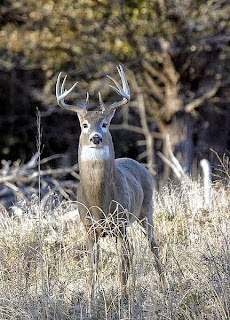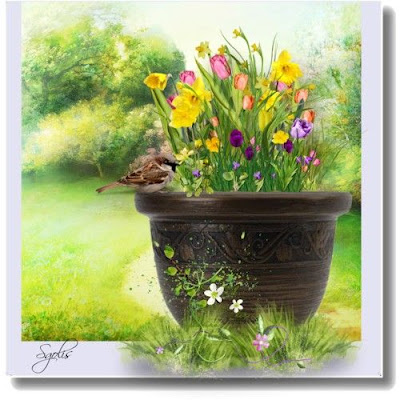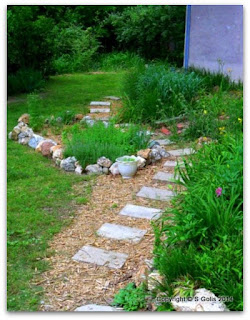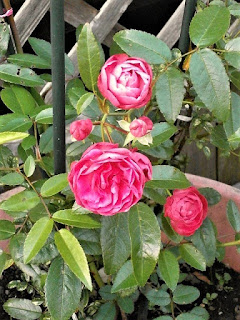The fall season has been unseasonably warm and many of my flowers, zinnias, chrysanthemums, and black-eyed Susans are still blooming. I am thankful that the weather is mild as I enjoy gardening in November.
Here are photographs of late-blooming flowers in autumn gardens.
My neighbor today visited me in the gardens and could not believe that my flowers had many blooms and buds. He told me that he cut back all of his flowers the first week of September because he thought it would be a cold season.
Know that most people stop tending to their gardens in September but I am not one of those people. If the weather is warm then I continue to tend to my flower and tomato gardens. This year I planted tomatoes in self-watering containers and thought instead of cutting them back I would move them to the mini walk-in greenhouse. If the weather should turn cold the greenhouse will protect the plants from frost and I may be able to harvest cherry tomatoes in January.
When I looked at the weather for my area I saw that it is not supposed to get cold until January so I will continue to tend to the flowers that are blooming in the garden. After a hard frost, I will gather seeds for next year and cut the flowers back to the soil then cover them with a layer of mulch.
By extending my growing season into November I was able to make fresh herb wreaths with cut zinnia and mum flowers for my home's décor. On Thanksgiving, I will cut flowers for bouquets for my elderly neighbors.
Know that I reseeded my zinnia gardens in August for late summer blooms and also deadheaded the chrysanthemums and fertilized them with bloom booster by miracle-gro. This is why I have so many flowers blooming in November.






























